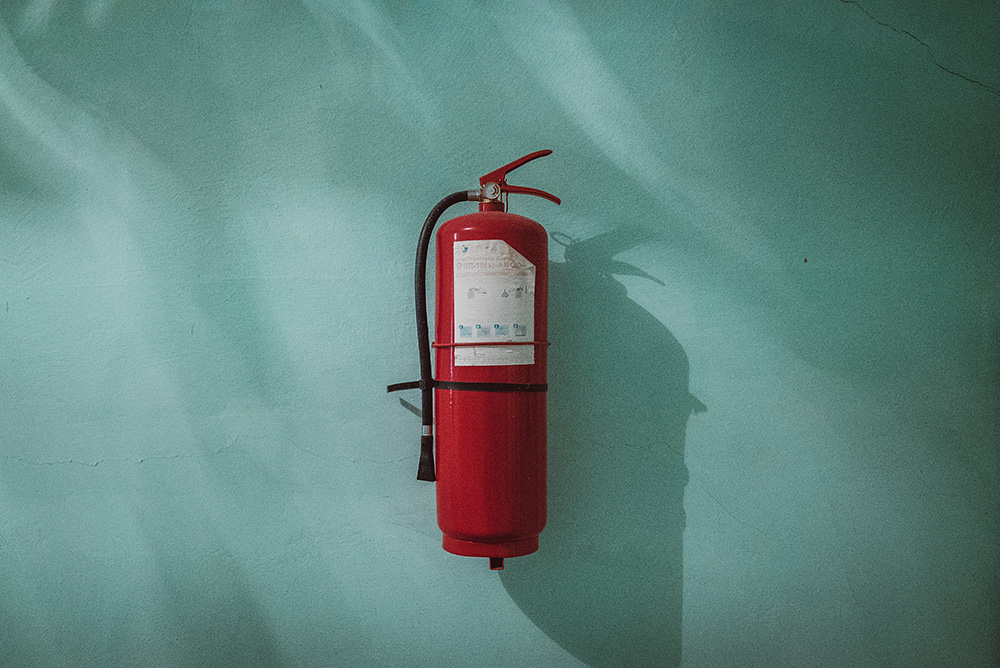
Differences Between Commercial & Residential Remodeling Projects
May 22, 2019
How Relocating Your Business Can Maximize Profits
May 22, 2019It often doesn’t take more than minutes for an emergency to escalate. In those serious moments, you need to know exactly what to do to minimize the impact of an emergency, and effectively protect employees, your infrastructure, and the environment.
This is why you need to have a workplace emergency response plan in place. Here are a few critical steps to take when developing your plan and a few examples of great plans related to the most common emergencies.
Emergency Preparedness and Response Procedure
Before we get into all the steps, you need to know the key phases of emergency preparedness and response procedure, as they can help you develop a comprehensive plan. They include:
- Prevention – taking steps for preventing potential emergencies
- Protection – protecting employees, clients, assets, and the environment against threats
- Mitigation – mitigating risks, threats, and impacts to lives and property
- Response – quickly respond to effectively protect people, property, and the environment
- Recovery – recover quickly by focusing on restoring the infrastructure, and the effects on health, culture, and the environment
10 Steps for Developing a Workplace Emergency Response Plan

Using these phases as a guide, create your workplace emergency response plan by taking the following steps:
- Define performance objectives – These are the program’s objectives, such as complying to regulations, preventing potential hazards, and mitigating risks.
- Assess potential risks – This includes evaluating potential emergency scenarios.
- Assess resources for stabilizing an incident – Make sure you have proper resources (internal and external) to efficiently and effectively respond to an emergency.
- Form an incident management team – Create a team for responding to an emergency, and ensure they know how to coordinate with external responders.
- Determine the emergency response planning regulations – Assess the regulations applicable to your facility and ensure your compliance.
- Develop an emergency action plan – Creating an emergency action plan includes determining the action procedures for life safety, such as evacuation (e.g. fire), sheltering (e.g. weather warning), shelter-in-place (e.g. explosion, chemical spill, terrorism), and lockdown (e.g. acts of violence).
- Institute emergency response procedures for specific hazards – You can create a separate hazard-specific response procedure, or you can include it in the plan.
- Bring public emergency services into the fold – Coordinate with public emergency services to inform them about your facility and potential hazards and gather information about their capabilities and response time.
- Conduct emergency response training – Make sure everyone in your facility knows what to do in an emergency.
- Conduct emergency response drills – Prepare your personnel for emergencies with regular drills, where they can practice their emergency response knowledge so that they fully understand their roles and responsibilities.
These steps will help you protect your staff, property, and the environment in case of an emergency. Moreover, it will help everyone in your facility know exactly what to do to effectively respond to a potential incident and mitigate the risks.
For instance, if there’s a fire at your facility, you need to sound the alarm, call the fire department, and quickly evacuate everyone to safety, following a proper fire evacuation plan designed for your facility. Have your incident management team help everyone to the nearest exit, and the first responders will then make sure everyone is perfectly safe.
If you already have an emergency response plan, be sure to review it with these tips in mind, so that you can effectively prevent potential incidents, mitigate the risks, and protect lives, property, and the environment.
Make sure your electrical systems are not a threat to your safety today with MSC Electrical!
